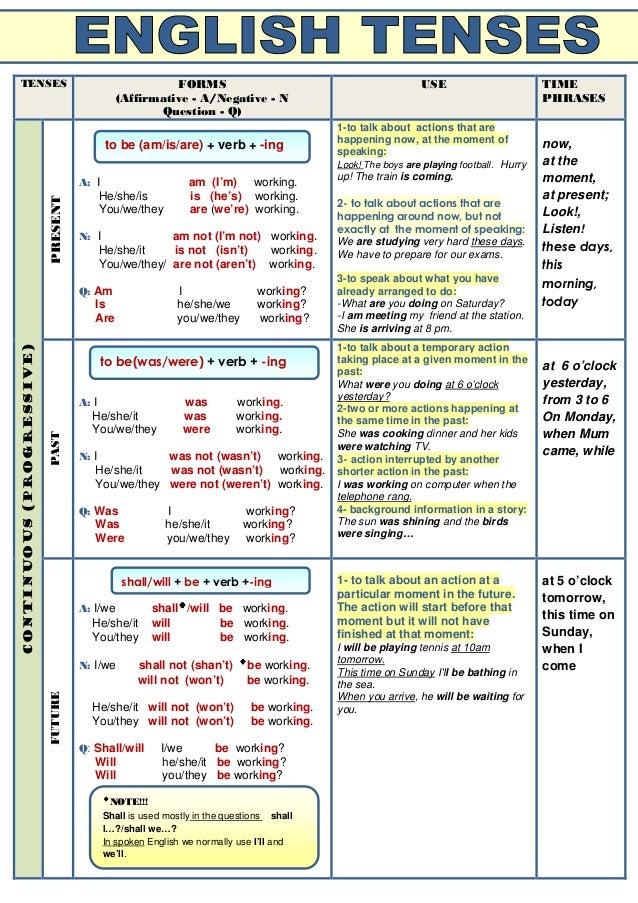Verb Forms And Tenses
I'm a grammar junkie. I enjoy leafing through English handbooks and diagramming sentences. But even as a total English language geek, there are some grammar concepts that I have had a tough time keeping straight in my head. And the difference between verb forms and verb tenses is one of those tricky concepts. So I'm thinking that if I have a tough time with it, it's pretty likely my kids will have a tough time too. When we come across the concept of verb forms — also known as the principal parts of verbs — and verb tenses in their (which is a fabulous curriculum by the way), I explain that verb forms can be thought of as the tools in a toolbox. Illustrations always help solidify the concept, so when I explain the concept to my kids, I draw something similar to the graphic below.
I then explain that the verb forms in the toolbox (the ones highlighted in yellow above) are the tools we use to make the various verb tenses. The verb forms aren't really the exact words we use in sentences, but we use those tools — those verb forms — to create the verb tenses that we do use in sentences, such as past tense, present tense, and future tense. For example, if I wanted to use the verb to know in the present tense, it's simple. I'd just take the present form of the verb out of the toolbox and use it as is.

Verb Forms And Tenses Rules
Nothing else would be needed. I'd end up with something like: I know how to play the piano. To make a past tense verb, I'd take the past verb form directly from the toolbox and use it like this: I knew we were in trouble when I heard the sirens.
To make a future tense verb, I would also take the present form of the verb, but I'd need to put the word will in front of it. That would make something like: You will know it when you see it. To make the past perfect tense, I'd need to take the past participle verb form and put a had in front of it.
Verb Forms And Tenses

List Of All Verb Tenses
I'd end up with something like: She had known about the surprise party for at least a week. So you see, it's the 'recipe' for the particular verb tense I'm trying to make which determines what verb form I take from the toolbox; and most all the tenses can be made from those three forms in the toolbox. As real-life application then, it's helpful to learn the three 'toolbox' verb forms for irregular words, like the infamous lie and lay. So there you have it.
My simple way of explaining the differences for verb forms and verb tenses. Probably not the most exciting blog post in the word, but for the those of you who struggle with teaching grammar — or even understanding it yourself — I hope this simple illustration helps.